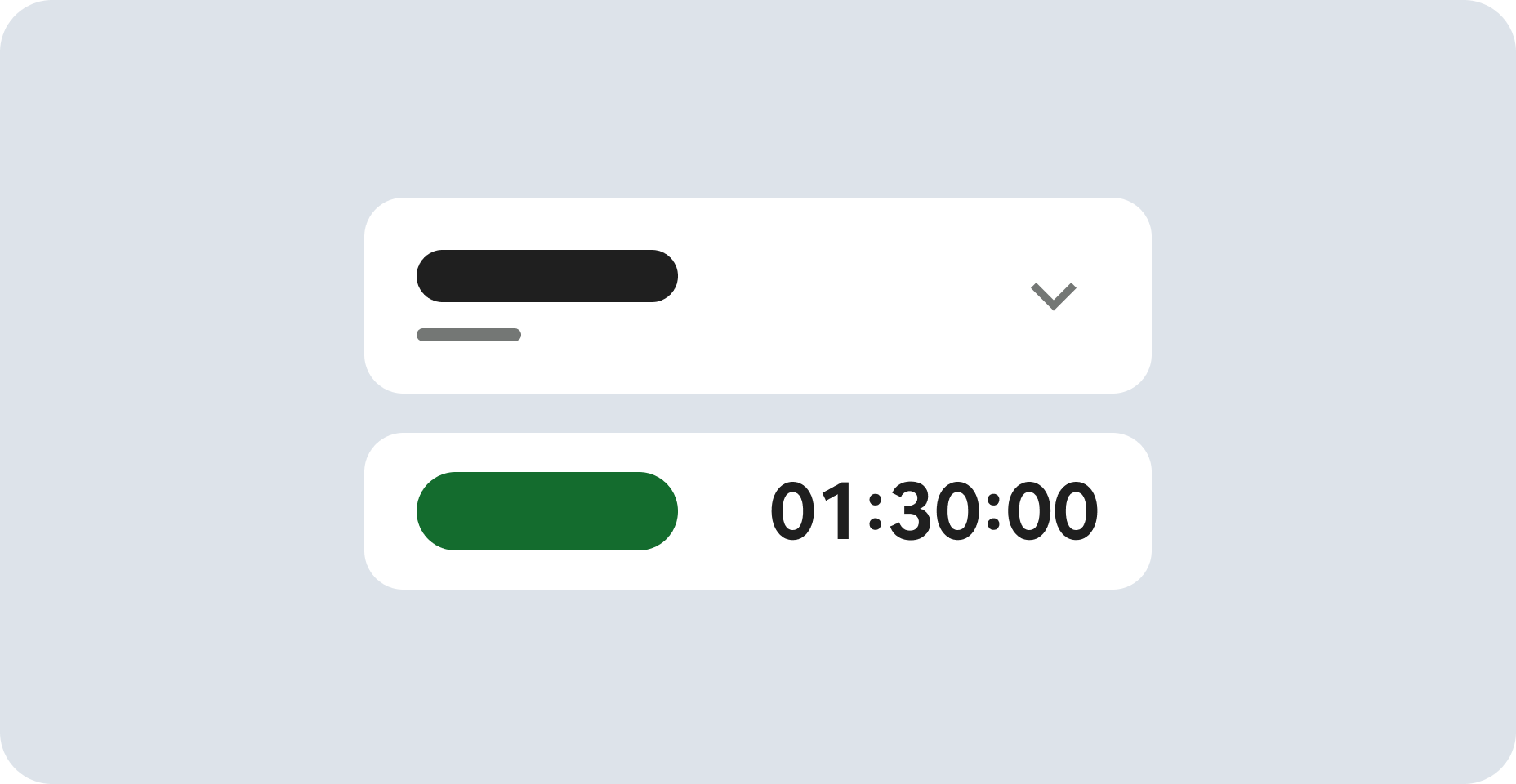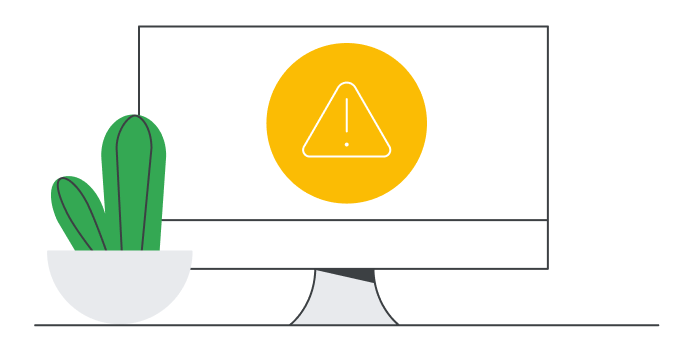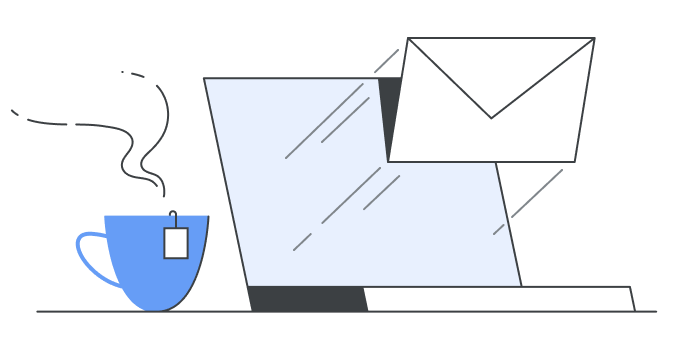
시작하기 전에
- 실습에서는 정해진 기간 동안 Google Cloud 프로젝트와 리소스를 만듭니다.
- 실습에는 시간 제한이 있으며 일시중지 기능이 없습니다. 실습을 종료하면 처음부터 다시 시작해야 합니다.
- 화면 왼쪽 상단에서 실습 시작을 클릭하여 시작합니다.
BigQuery is Google's fully managed, NoOps, low cost analytics database. With BigQuery you can query terabytes and terabytes of data without having any infrastructure to manage or needing a database administrator. BigQuery uses SQL and can take advantage of the pay-as-you-go model. BigQuery allows you to focus on analyzing data to find meaningful insights.
The dataset you'll use is an ecommerce dataset that has millions of Google Analytics records for the Google Merchandise Store loaded into BigQuery. You have a copy of that dataset for this lab and will explore the available fields and row for insights.
In this lab you will query partitioned datasets and create your own dataset partitions to improve query performance and reduce cost.
For each lab, you get a new Google Cloud project and set of resources for a fixed time at no cost.
Sign in to Qwiklabs using an incognito window.
Note the lab's access time (for example, 1:15:00), and make sure you can finish within that time.
There is no pause feature. You can restart if needed, but you have to start at the beginning.
When ready, click Start lab.
Note your lab credentials (Username and Password). You will use them to sign in to the Google Cloud Console.
Click Open Google Console.
Click Use another account and copy/paste credentials for this lab into the prompts.
If you use other credentials, you'll receive errors or incur charges.
Accept the terms and skip the recovery resource page.
The Welcome to BigQuery in the Cloud Console message box opens. This message box provides a link to the quickstart guide and lists UI updates.
First, you will create a dataset to store your tables.
qwiklabs-gcp-...), and then click CREATE DATASET.ecommerce. Leave the other options at their default values (Data Location, Default table Expiration). Click CREATE DATASET.A partitioned table is a table that is divided into segments, called partitions, that make it easier to manage and query your data. By dividing a large table into smaller partitions, you can improve query performance, and control costs by reducing the number of bytes read by a query.
Now you will create a new table and bind a date or timestamp column as a partition. Before we do that, let's explore the data in the non-partitioned table first.
The query returns 5 results.
Let's modify the query to look at visitors for 2018 now.
The Query results will tell you how much data this query will process.
Notice that the query still processes 1.74 GB even though it returns 0 results. Why? The query engine needs to scan all records in the dataset to see if they satisfy the date matching condition in the WHERE clause. It must look at each record to compare the date against the condition of ‘20180708'.
Additionally, the LIMIT 5 does not reduce the total amount of data processed, which is a common misconception.
Scanning through the entire dataset everytime to compare rows against a WHERE condition is wasteful. This is especially true if you only really care about records for a specific period of time like:
Instead of scanning the entire dataset and filtering on a date field like we did in the earlier queries, we will now setup a date-partitioned table. This will allow us to completely ignore scanning records in certain partitions if they are irrelevant to our query.
In this query, note the new option - PARTITION BY a field. The two options available to partition are DATE and TIMESTAMP. The PARSE_DATE function is used on the date field (stored as a string) to get it into the proper DATE type for partitioning.
Confirm that you see:
This time ~25 KB or 0.025MB is processed, which is a fraction of what you queried.
You should see This query will process 0 B when run.
Why is there 0 bytes processed?
Auto-expiring partitioned tables are used to comply with data privacy statutes, and can be used to avoid unnecessary storage (which you'll be charged for in a production environment). If you want to create a rolling window of data, add an expiration date so the partition disappears after you're finished using it.
In the left menu, in Explorer, click on + ADD and select Star a project by name > Enter project name.
Enter bigquery-public-data and click Star.
Expand bigquery-public-data and search for noaa_gsod.
Scroll through the tables in the noaa_gsod dataset (which are manually sharded and not partitioned).
Notice that the table wildcard * used in the FROM clause to limit the amount of tables referred to in the TABLE_SUFFIX filter.
Notice that although a LIMIT 10 was added, this still does not reduce the total amount of data scanned (about 457.5 MB) since there are no partitions yet.
Click RUN.
Confirm the date is properly formatted and the precipitation field is showing non-zero values.
Modify the previous query to create a table with the below specifications:
Your query should look like this:
Below is a query which tracks the average rainfall for the NOAA weather station in Wakayama, Japan which has significant precipitation.
Update the ORDER BY clause to show the oldest partitions first.
Add this query and run it:
You've successfully created and queried partitioned tables in BigQuery.
When you have completed your lab, click End Lab. Google Cloud Skills Boost removes the resources you’ve used and cleans the account for you.
You will be given an opportunity to rate the lab experience. Select the applicable number of stars, type a comment, and then click Submit.
The number of stars indicates the following:
You can close the dialog box if you don't want to provide feedback.
For feedback, suggestions, or corrections, please use the Support tab.
Copyright 2022 Google LLC All rights reserved. Google and the Google logo are trademarks of Google LLC. All other company and product names may be trademarks of the respective companies with which they are associated.




현재 이 콘텐츠를 이용할 수 없습니다
이용할 수 있게 되면 이메일로 알려드리겠습니다.

감사합니다
이용할 수 있게 되면 이메일로 알려드리겠습니다.


한 번에 실습 1개만 가능
모든 기존 실습을 종료하고 이 실습을 시작할지 확인하세요.
